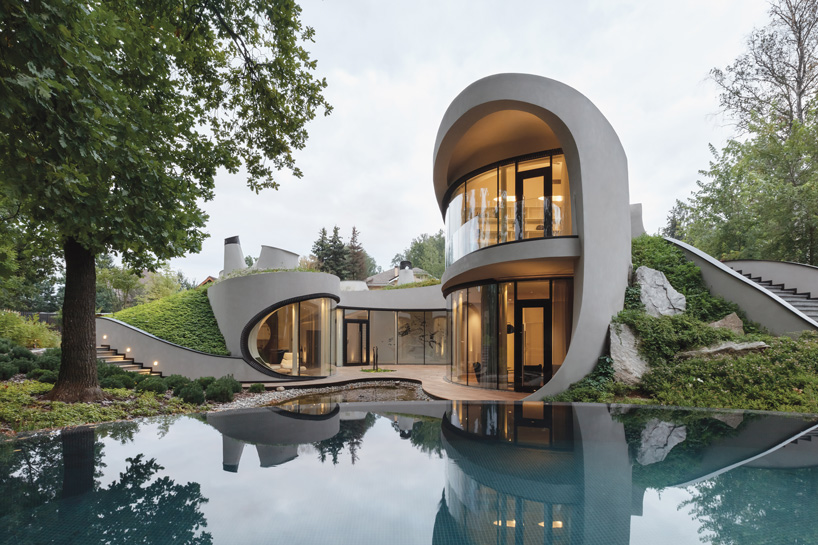Changing Areas: The Vision of CDA Architects for Modern Living
Changing Areas: The Vision of CDA Architects for Modern Living
Blog Article
Recognizing the Collaborative Refine Between Designers and Engineers in Modern Construction Projects
The collaborative process in between engineers and engineers is vital in modern-day construction tasks, as it integrates style intent with design usefulness. Exploring these dynamics discloses understandings that might dramatically influence job results and total sector criteria.
The Value of Collaboration
The joint synergy between engineers and designers is crucial for the successful realization of any kind of building task. This partnership unites unique experience and viewpoints, enabling the assimilation of innovative layout with sensible design remedies. By functioning together, engineers and designers can make certain that a job not only satisfies visual and practical needs however additionally complies with safety, sustainability, and monetary constraints.
Partnership fosters a common vision, helping with the alignment of objectives and assumptions from the start. This placement is critical in resolving prospective difficulties and mitigating threats that could develop throughout the task lifecycle. A collective technique permits for the effective appropriation of sources, maximizing both time and expense.
The value of cooperation reaches the repetitive procedure of layout and building and construction, where feedback from designers can notify building decisions, resulting in more practical and sustainable styles. Alternatively, designers can inspire engineers to think artistically concerning how to accomplish structural honesty without jeopardizing creative intent. Ultimately, the joint connection between engineers and designers is not simply valuable; it is essential to the development of premium, functional, and innovative constructed settings that fulfill the requirements of culture.
Interaction Strategies and Tools
Effective interaction methods and devices are crucial for promoting partnership in between architects and engineers throughout the task lifecycle. Establishing clear channels of communication is important to make certain that all team members are lined up with task purposes, timelines, and responsibilities. Normal conferences, both in-person and virtual, give opportunities for stakeholders to review progression, address issues, and make educated choices.

Furthermore, adopting collective communication devices, such as Slack or Microsoft Teams, enables immediate messaging, documents sharing, and recurring conversations, advertising a much more active feedback to emerging concerns. Paper administration systems also play a critical role in arranging task documentation, making certain that all staff member have accessibility to the current details.
Shared Goals and Task Vision
A linked job vision acts as the structure for successful cooperation between engineers and designers (cda architects). This shared vision not just lines up the efforts of both celebrations but likewise develops a typical framework for decision-making throughout the job's lifecycle. By expressing clear objectives, stakeholders can effectively browse the intricacies of modern construction jobs, making sure that both visual and practical requirements are fulfilled
Establishing shared objectives involves open dialogue and an extensive understanding of each self-control's payments. Engineers visit this page generally concentrate on design intent, spatial partnerships, and user experience, while engineers stress architectural stability, systems functionality, and conformity with policies. When these point of views are lined up, the result is a natural job that sticks to both creative ambitions and technological click for source expediency.
Furthermore, a distinct job vision cultivates responsibility among group members, motivating each individual to take ownership of their duty in achieving the desired outcome. Regular check-ins and collective workshops can even more reinforce this dedication, permitting changes to be made as the task progresses. Inevitably, a shared vision not only enhances team effort however also boosts the top quality of the last deliverable, causing successful job completion.
The Role of Technology
Leveraging innovation has become crucial in boosting partnership in between architects and designers. The integration of sophisticated software tools promotes real-time interaction and info sharing, allowing teams to work much more efficiently and successfully. Structure Information Modeling (BIM) attracts attention as a critical technology, enabling both engineers and engineers to produce in-depth 3D models that envelop style intent and architectural integrity. This shared aesthetic representation reduces misunderstandings and streamlines the decision-making process.
In addition, cloud-based platforms allow smooth collaboration, enabling project stakeholders to accessibility and update project information from anywhere. This cultivates a culture of openness and accountability, as adjustments can be tracked and evaluated in real-time. Additionally, mobile applications additional improve interaction, providing on-site groups with instant access to project requirements and updates.
Emerging technologies such as expert system and equipment knowing are also starting to play a duty in anticipating analysis, assisting teams determine prospective problems prior to they develop. Inevitably, the function of modern technology in architecture-engineering cooperation not just enhances operations effectiveness however additionally improves innovation, resulting in even more effective task results. By accepting these technical advancements, designers and designers can guarantee a much more natural and effective collective procedure throughout the building lifecycle.
Study in Successful Collaborations
Many study highlight the extensive influence of reliable partnerships between architects and engineers on task outcomes. One noteworthy go to the website instance is the partnership on the High Line in New York City City, where landscape architects, engineers, and metropolitan coordinators collaborated to transform a deserted rail line right into a lively public park. This multidisciplinary strategy not just boosted the visual high quality however additionally made sure structural security and environmental sustainability.

The Burj Khalifa in Dubai further shows the importance of collective efforts - cda architects. The assimilation of style and engineering experience made it possible for the task group to attain extraordinary elevations while adhering to safety policies and aesthetic vision
These examples emphasize the importance of communication, depend on, and shared goals. In today's complicated building and construction environment, such collaborations are important to browsing challenges and delivering tasks that fulfill both functional and visionary goals.
Final Thought
In verdict, the collaboration between engineers and designers is vital for the success of modern building jobs. Effective communication strategies, a common job vision, and the assimilation of innovative modern technologies are critical parts that promote this partnership.
Report this page